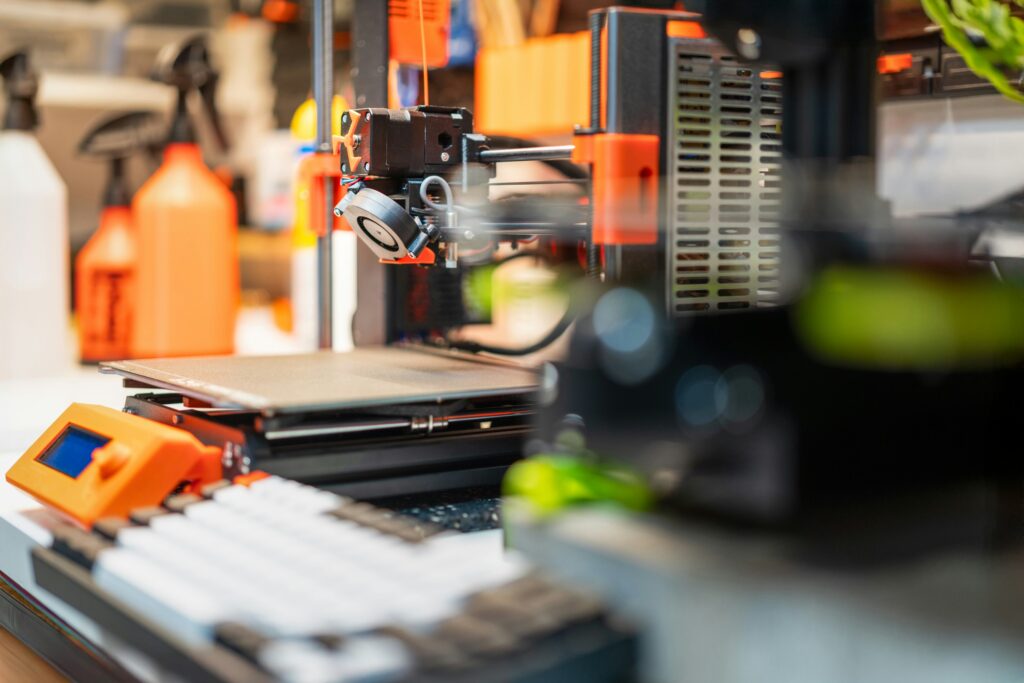The past year has seen an accelerated pace of innovation in the Apps & Software sector, particularly concerning tools that facilitate team collaboration and individual productivity. Major players like Microsoft, Google, and Salesforce have rolled out significant updates to their flagship suites, effectively redefining the capabilities of modern workplaces. For instance, Microsoft 365, with its continuous integration of features like Loop components and enhanced Teams functionalities, now offers a more fluid and interconnected experience. Similarly, Google Workspace has recently unveiled a suite of AI-powered features, including intelligent summarization in Meet and automated data organization in Sheets, pushing the boundaries of what’s possible in cloud-based collaboration. These advancements, many of which became widely available in late 2023 and early 2024, are meticulously crafted to address the unique challenges and opportunities presented by hybrid work environments.
Data-Driven Shifts: Industry Insights and Official Stances
According to a recent report by Gartner, nearly 80% of knowledge workers currently use collaboration tools for their daily tasks, a figure projected to rise further. The report emphasizes that businesses adopting integrated productivity platforms report a 20% increase in project completion rates and a 15% reduction in communication overhead. TechCrunch recently highlighted Microsoft’s strategy to embed ‘co-pilots’ across its applications, quoting Microsoft CEO Satya Nadella who stated, “Our goal is to infuse AI into every layer of the digital fabric, from the operating system to applications, making productivity more intuitive and impactful for everyone.” This sentiment is echoed by Google’s Head of Workspace, who noted the focus on “anticipatory intelligence” to streamline workflows and reduce cognitive load for users. These statements underline a clear industry direction: intelligent, integrated, and intuitive software is the future of work.
Transformative Impact: Benefits for Industry and Users
The impact of these Next-Gen Workflow Tools is profound, reverberating across industries and transforming individual user experiences. For organizations, the shift means increased operational efficiency and improved employee engagement. Teams can now transition seamlessly between different tasks – from a video conference to co-editing a document, or brainstorming on a digital whiteboard – all within a unified ecosystem. This reduces the infamous “context switching” penalty, freeing up valuable time and mental energy. For the individual user, the benefits are equally compelling. Automated task reminders, smart document suggestions, and intelligent search capabilities mean less time spent on administrative overhead and more time dedicated to high-value, creative work. Furthermore, enhanced security features and compliance tools integrated into these suites offer greater peace of mind for businesses handling sensitive data.
The rise of these integrated platforms also fosters a more inclusive work environment. Features like live captioning in video calls, language translation, and accessibility tools ensure that all team members, regardless of their location or individual needs, can participate fully and contribute effectively. This democratization of productivity tools helps bridge geographical divides and promotes a sense of unity within a distributed workforce.
The Road Ahead: Future Predictions and Expert Opinions
Looking ahead, industry experts predict an even deeper integration of AI and machine learning into these Next-Gen Workflow Tools. Future iterations are expected to offer highly personalized experiences, anticipating user needs and automating complex multi-step workflows with minimal human intervention. Imagine a system that not only schedules your meetings but also prepares the agenda based on recent project activity, summarizes previous discussions, and even suggests action items post-meeting. The convergence of spatial computing with productivity apps, exemplified by technologies like augmented and virtual reality, could also open new frontiers for immersive collaboration, though this remains a more distant prospect. Analysts believe the ongoing “platform war” among tech giants will continue, driving innovation at a rapid pace as they vie to become the indispensable backbone of enterprise operations. Businesses that fail to adapt and upgrade their productivity infrastructure risk falling behind in an increasingly competitive global market. For more insights on digital adaptation, you might find our article on Optimizing Your Digital Workspace helpful.
Conclusion: Embracing the Future of Productivity
In essence, the evolution of Apps & Software in the realm of productivity is not just about adding new features; it’s about fundamentally rethinking how work gets done. By embracing these powerful, integrated Next-Gen Workflow Tools, organizations can unlock unprecedented levels of efficiency, foster stronger collaboration, and empower their employees to thrive in the dynamic world of hybrid work. The future of productivity is here, and it’s smarter, more connected, and more adaptable than ever before.

